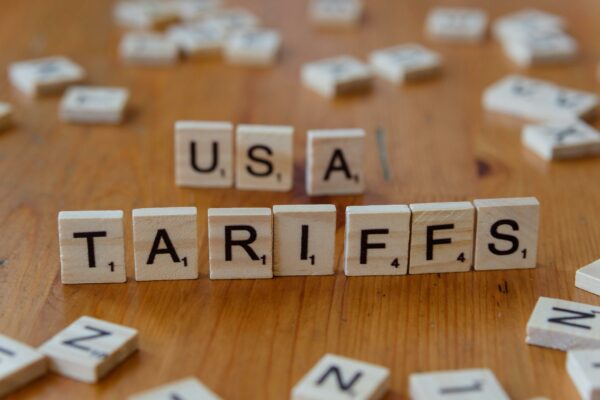WASHINGTON D.C. – In a dramatic twist that has sent jitters through global markets, a federal appeals court has temporarily reinstated President Donald Trump’s sweeping tariffs on imports, mere hours after a lower court had declared them illegal. The decision by the U.S. Court of Appeals for the Federal Circuit grants the Trump administration a critical administrative stay, ensuring the contentious duties remain in place while the legal challenge to their legitimacy continues.
The seesawing legal landscape began on Wednesday when the U.S. Court of International Trade (CIT) delivered a significant blow to Trump’s trade agenda. A three-judge panel unanimously ruled that the President had overstepped his authority by invoking the International Emergency Economic Powers Act (IEEPA) to impose broad tariffs on goods from nearly every country. The CIT’s ruling, which would have halted a 10% blanket tariff on most trading partners and higher “reciprocal” duties on select nations, hinged on the argument that Congress, not the President, holds the exclusive power to “lay and collect Taxes, Duties, Imposts and Excises.”
The Trump administration swiftly denounced the CIT’s decision as “judicial overreach” and immediately filed an emergency appeal. Thursday afternoon, the Court of Appeals for the Federal Circuit sided with the administration, issuing an “immediate administrative stay” that temporarily reimposes the tariffs. The appeals court’s brief order did not provide extensive reasoning but directed the plaintiffs in the case to respond by June 5 and the administration by June 9, signaling that the temporary stay is likely to remain in effect at least until mid-June.

This temporary reinstatement means businesses importing goods into the U.S. will continue to pay the duties, maintaining the status quo that has sparked widespread concern among American consumers and industries. While the CIT’s initial ruling offered a measure of relief for affected businesses, the appeals court’s intervention injects renewed uncertainty into the trade environment.
The legal battle centers on the interpretation of the IEEPA, a 1977 law typically applied in cases of trade sanctions related to national emergencies. Critics of Trump’s tariffs, including the small businesses and a coalition of states that filed the lawsuit, argue that the law does not grant the president such sweeping and unilateral power over trade policy, which they contend is constitutionally reserved for Congress. The CIT agreed, asserting that the trade deficit, cited by Trump as an emergency, has been a consistent feature of the U.S. economy for decades and does not constitute an “unusual and extraordinary threat” that justifies the use of IEEPA for imposing universal tariffs.
However, the appeals court’s decision to temporarily halt the lower court’s ruling suggests a recognition of the significant economic and foreign policy implications at stake. The Trump administration has consistently argued that its tariffs are a vital leverage point in trade negotiations and critical for national security, maintaining that courts should not “second-guess the president” on such matters.
This ongoing legal saga further complicates an already turbulent global trade landscape. While some of Trump’s earlier tariffs, such as those on steel and aluminum (imposed under Section 232 of the Trade Expansion Act of 1962, which has different legal justifications), were not directly impacted by the CIT ruling, the broad “Liberation Day” tariffs and fentanyl-related levies against Canada, Mexico, and China are now subject to this appeals process.
As businesses and foreign governments scramble to understand the implications of these seesawing court decisions, the ultimate fate of Trump’s signature tariff policies remains in the hands of the federal judiciary. The possibility of the case ultimately reaching the Supreme Court underscores the profound constitutional questions at the heart of this high-stakes legal battle, which continues to shape the future of U.S. trade policy.
